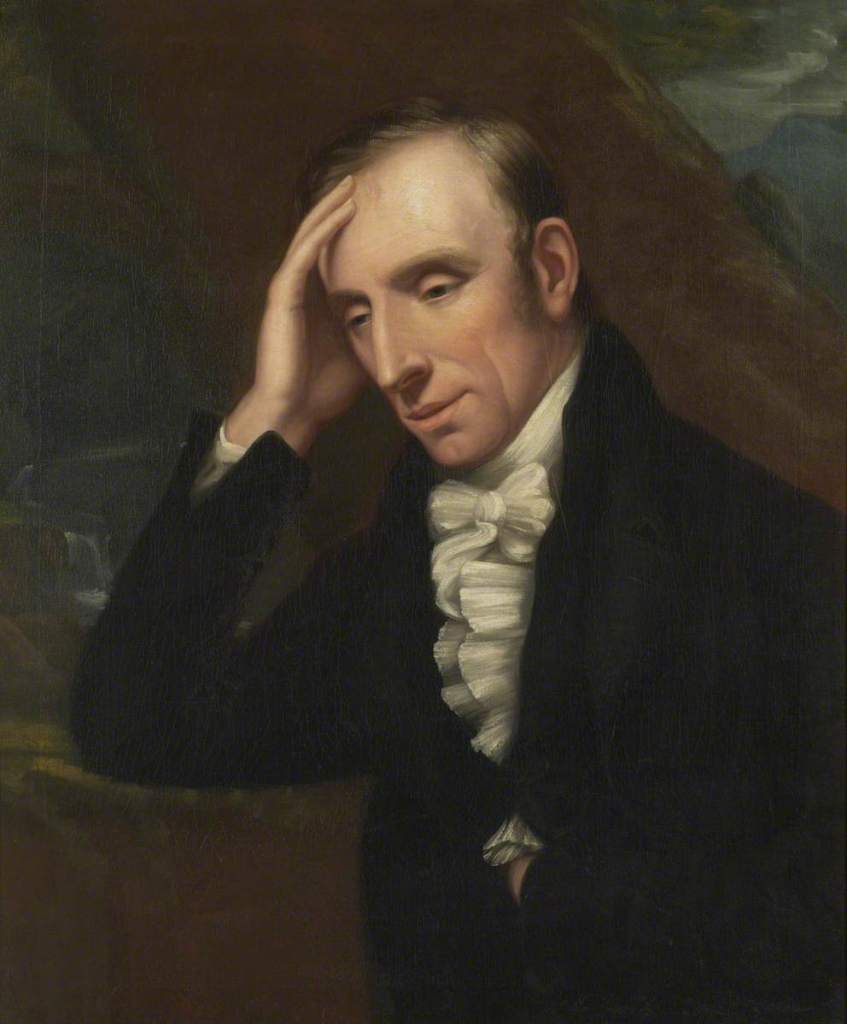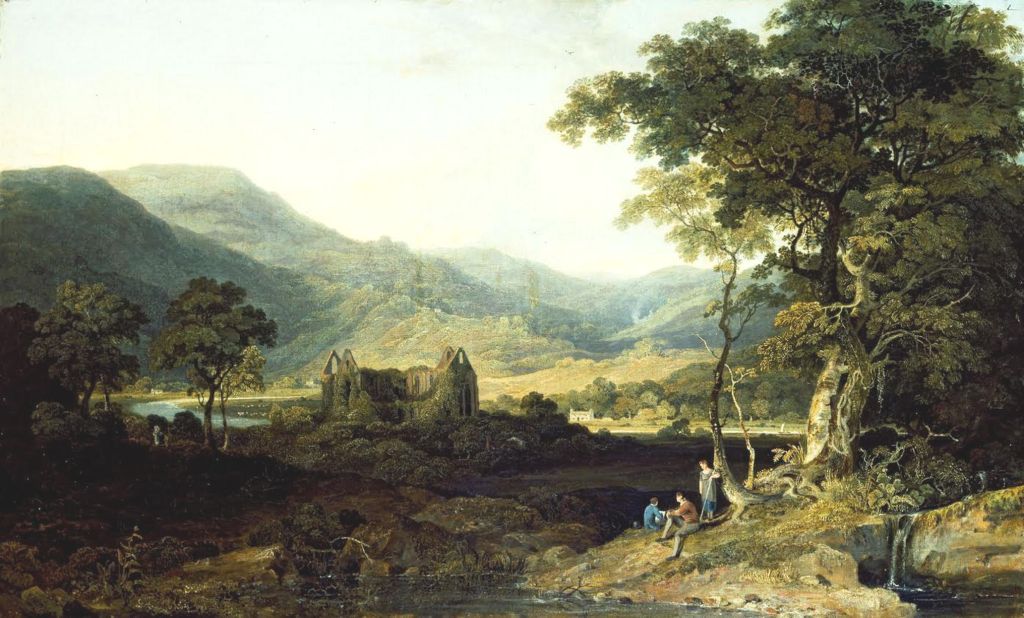At the bicentenary of his death, John Keats remains an iconic figure in the literary world. Keats died believing himself a failure, but his work is more admired than he ever knew – and in the midst of a global pandemic, his life story is especially poignant.
23rd of February, 1821 – Rome. The English poet John Keats dies, aged just 25 and convinced he had never amounted to anything.
Today, 200 years later, that couldn’t be further from the truth.
While he went largely unrecognized during his lifetime, Keats’ posthumous rise to distinction and his perception as a tragic hero have enshrined him in literary history, never to be removed. This week, the #Keats200 campaign commemorates the bicentenary of the famed Romantic poet’s death.
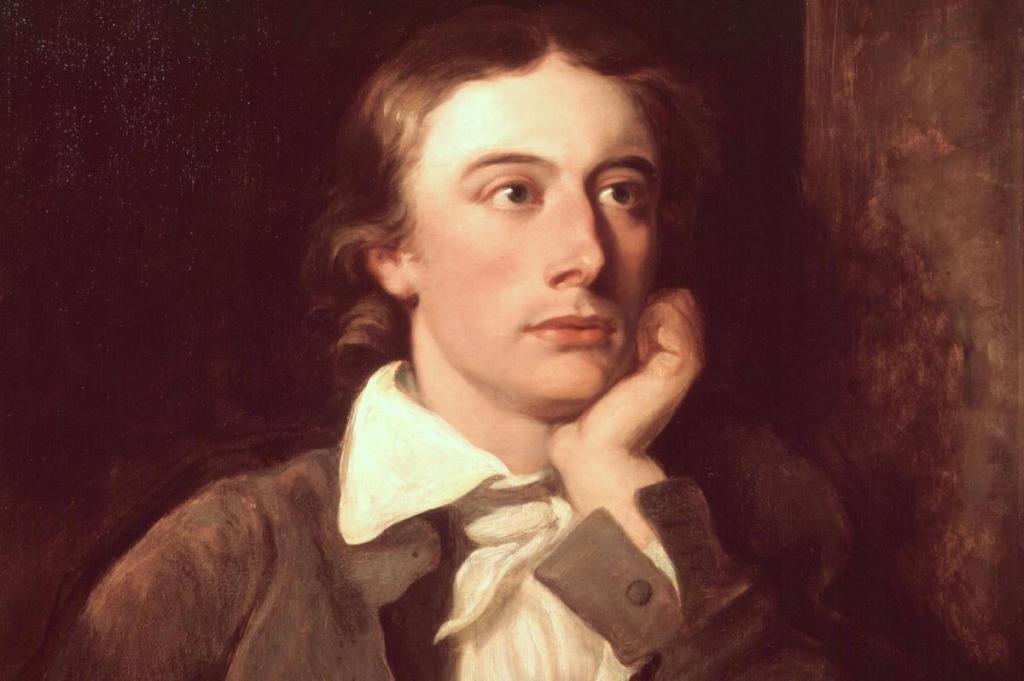
Clever, sensitive, thoughtful, eloquent – these words are often used to describe Keats, yet during his own time he went relatively unappreciated but for the loyalty of his friends and family. His talent has since immortalized him within the English literary canon as a key figure of the second generation of Romantic poets. Keats’ 1819 Odes, as well as “Bright Star”, “To Autumn”, “La Belle Dame Sans Merci”, “Lamia”, and “Endymion” are among the most studied and admired poems today. His personal letters have been lauded as literary gems in themselves, bringing us closer to Keats the man – and to that morbidly compelling picture of untimely suffering – to which Keats’ current renown is something of an antidote.
The Keats Foundation, Keats House (which I wrote about in 2018), and the Keats-Shelley Memorial Association are leading the worldwide event which culminates today, on the 200th anniversary of Keats’ death. To fully appreciate Keats’ journey from relative unknown to legendary poet, it’s best if we wind the clock back two centuries: back to 1818.
Heard melodies are sweet, but those unheard
John Keats, “Ode on a Grecian Urn” (1819), lines 11-12
Are sweeter; therefore, ye soft pipes, play on …
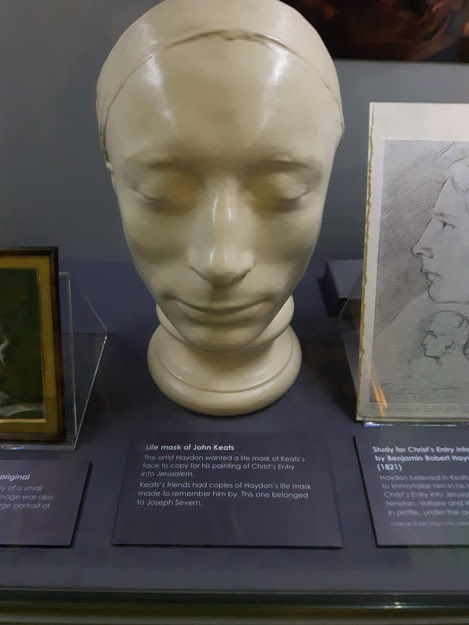
Believe it or not, Keats trained as a surgeon in London before quitting his studies to focus on his writing. In June of 1818 he and his close friend Charles Armitage Brown went on a tour of Scotland, Ireland, and the Lake District – and Keats returned with a bad cold. Nursing his younger brother Tom, who had consumption (now known as tuberculosis), Keats was thus exposed to infection.
Although Tom died that December, the following year (1819) was the most fruitful for Keats’ work. His most famous poems were written during that time, but their merits went mostly unrecognized – Keats was still in debt and unable to marry his sweetheart Fanny Brawne as a result.
One day, in early 1820, he coughed up blood.
He realized immediately that he must have consumption. After struggling with mounting symptoms over the following months, Keats agreed to relocate to Rome in the hope that its warmer climate would improve his condition. His friends paid for his passage, with painter Joseph Severn accompanying him. He would never return to England.
I know the colour of that blood! It is arterial blood. I cannot be deceived in that colour. That drop of blood is my death warrant.
Keats to his friend Charles Brown, upon coughing up blood in early 1820
Keats was fairly well-connected, having met and formed friendships with Percy Bysshe Shelley, Lord Byron, William Wordsworth (my thoughts on him here), Leigh Hunt, Samuel Taylor Coleridge, and others. Despite the pedigree of many of his peers, however, it was difficult for Keats to establish footholds beyond his circle – he was middle-class, a would-be surgeon without noble birth. His background was fodder for snobbish critics such as Blackwood’s Magazine, who wrote that he was not well-educated enough to be a proper poet or write about classical subject matter. These reviews vexed Keats, putting pressure on his work (alongside the need to earn a living) that aristocratic poets simply didn’t face.
By the time Keats arrived in Rome in November 1820, it may have been too late to recover. In the final days before he succumbed to his illness the following February, he requested that his tombstone bear the following inscription in place of his name: “Here lies one whose name was writ in water.” Keats thought he’d made no mark on the world. He didn’t know his poems would be considered among the best in the English language. He died at the same age as I am now – it’s humbling to think of all he accomplished in his short life.
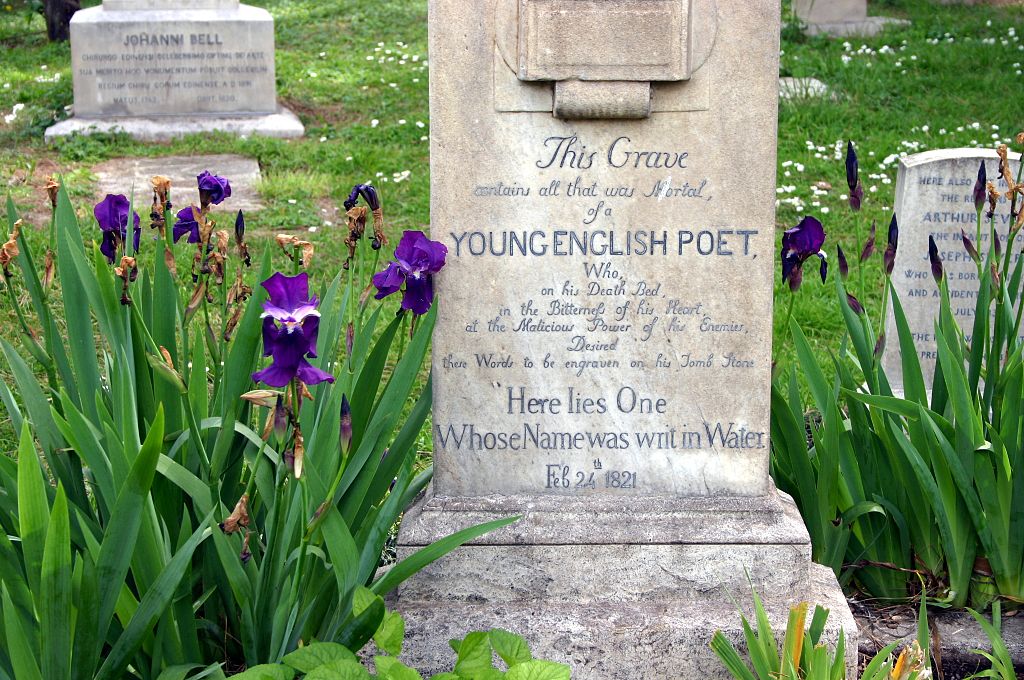
And now we’re commemorating the bicentenary of his death. Remembering him not just a century later – two centuries later. I’ve always felt it’s important to mark these anniversaries; doing so helps us reflect on the lives of those before us. This really is the perfect time to understand Keats’ circumstances. He contracted a widespread disease which ended his life far too soon, robbing him of the opportunity to write more, to potentially enjoy critical acclaim, and to find happiness.
His tragedy resonates during our current pandemic. Lives are being lost in a similar fashion. Keats’ ship was even quarantined before he could disembark in Italy – his letters to Charles Brown during quarantine describe a restlessness that is all too relatable today.
I cannot answer anything in your letter, which followed me from Naples to Rome, because I am afraid to look it over again. I am so weak (in mind) that I cannot bear the sight of any handwriting of a friend I love so much as I do you. Yet I ride the little horse, and at my worst even in quarantine, summoned up more puns, in a sort of desperation, in one week than in any year of my life.
Excerpt from Keats’ final letter to Charles Brown (30th November 1820), in which he describes his restlessness in quarantine
We don’t necessarily need to relate to Keats’ experience to empathize with his hardships. But it certainly helps.
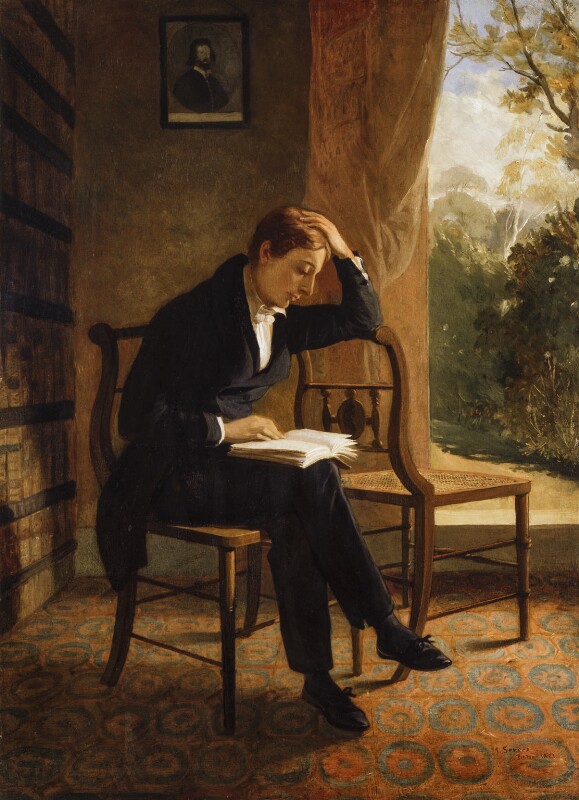
A prolific Romantic poet, Keats captures the timelessness of nature, emotion, and beauty. His abstract explorations and emphasis on sensory stimulation transcend any one time or place. Whether it be exaltation or lamentation, Keats felt deeply. Those who knew him remarked on his distinctive intensity, and the sensitive among us can take solace in his musings. His writing exemplifies the great care and consideration with which he engaged with his surroundings, documenting his understanding of the world – validating the complexity of our own emotions.
Keats’ works were published and circulated during his lifetime, but he received as many negative reviews as he did positive ones, if not more. It was only posthumously, during the 19th century that his works gradually became more well-known and highly venerated by Victorians (Tennyson chief among them). Today, people love Keats’ poetry – and they’re attracted to the story of the emotional young poet whose tragic end came too soon. It goes to show how we can form strong personal attachments to an artist – a collective appreciation that continues to grow, even over two centuries.
Keats may have thought his name was writ in water – easily washed away and forgotten – but the joy he brings, the feelings he encapsulates in his works, outlive any concept of self-perceived failure. Loved in life by his friends and family, Keats has achieved mythical status in death. I wish I knew how Keats would feel if he learned how successful his work is now, but one thing is for sure – some things will always move us, even when their creator is gone.
A thing of beauty is a joy for ever:
John Keats, “Endymion” (1818), lines 1-5
Its loveliness increases; it will never
Pass into nothingness; but still will keep
A bower quiet for us, and a sleep
Full of sweet dreams, and health, and quiet breathing.


